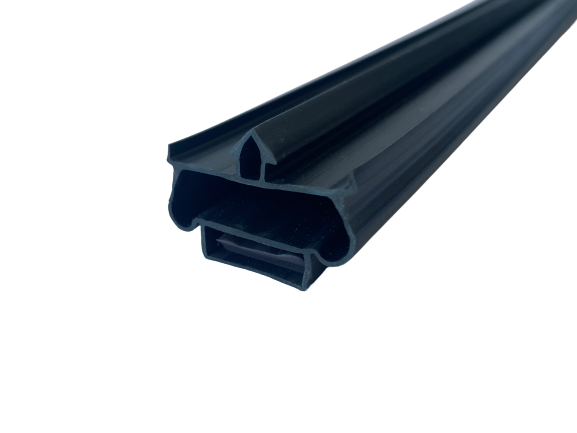Ноя . 12, 2024 11:23 Back to list
solar panel sealing strip
Understanding Solar Panel Sealing Strips Importance and Benefits
As the world transitions towards renewable energy sources, solar panels have emerged as one of the most popular and efficient means of harnessing solar energy. However, the longevity and efficiency of these solar panels greatly depend on the materials and practices used in their installation. One crucial component in ensuring the durability and effectiveness of solar panels is the sealing strip.
What is a Solar Panel Sealing Strip?
A solar panel sealing strip is a specialized weatherproof material used to create a barrier between the solar panel and its mounting structure. Typically made from rubber, silicone, or other flexible polymers, these strips are designed to protect the internal components of solar panels from moisture, dust, and other environmental elements. By providing a tight seal, these strips help to prevent water ingress, which could lead to significant damage and decreased efficiency over time.
Importance of Sealing Strips in Solar Installations
1. Protection Against Moisture One of the most critical roles of solar panel sealing strips is to shield against water penetration. Water can cause corrosion, electrical failures, and mechanical damage to the solar panels, significantly impacting their performance. A well-installed sealing strip prevents such issues, ensuring the panels operate efficiently throughout their lifespan.
2. Enhanced Durability Solar panels are often exposed to harsh environmental conditions such as extreme temperatures, rain, snow, and wind. Sealing strips enhance the durability of solar installations by providing an extra layer of protection. This helps to maintain the structural integrity of the panels and extends their operational life, reducing the need for frequent replacements or repairs.
3. Reduction of Energy Loss When solar panels are not adequately sealed, air and moisture can enter the system, potentially causing internal damage or reducing efficiency. By effectively sealing the panels, sealing strips help maximize energy production by ensuring that the panels operate at peak performance levels.
4. Cost-Effectiveness While some may view sealing strips as an added expense during the installation process, they can save significant costs in the long run. By preventing water damage, reducing maintenance needs, and extending the lifespan of solar panels, sealing strips contribute to a lower total cost of ownership for solar energy systems.
solar panel sealing strip

Choosing the Right Sealing Strip
When selecting a sealing strip for solar panels, several factors should be considered
1. Material Quality The material must be weather-resistant and durable. Silicone and EPDM rubber are popular choices due to their resilience to UV rays, temperature fluctuations, and moisture.
2. Compatibility Ensure that the sealing strip is compatible with the specific type of solar panels being installed. Different panel brands and designs may require specialized sealing solutions.
3. Installation Ease Choose a sealing strip that is easy to install and adheres well to the surfaces involved. Proper installation is crucial for maximizing the sealing efficiency.
4. Longevity Look for sealing strips that provide long-lasting protection without the need for frequent replacement. Ensuring that the seal remains effective over time is essential for maximizing the benefits of the solar panel system.
Conclusion
In summary, solar panel sealing strips play a vital role in protecting solar installations from environmental hazards, extending the lifespan of panels, and improving energy efficiency. Investing in high-quality sealing materials and proper installation practices ensures that solar energy systems operate effectively and efficiently. As the demand for renewable energy grows, understanding the importance of components like sealing strips becomes increasingly essential for both manufacturers and consumers. By prioritizing these details, we can make the most of solar technology and contribute to a cleaner, sustainable future.
Next:
Prev:




